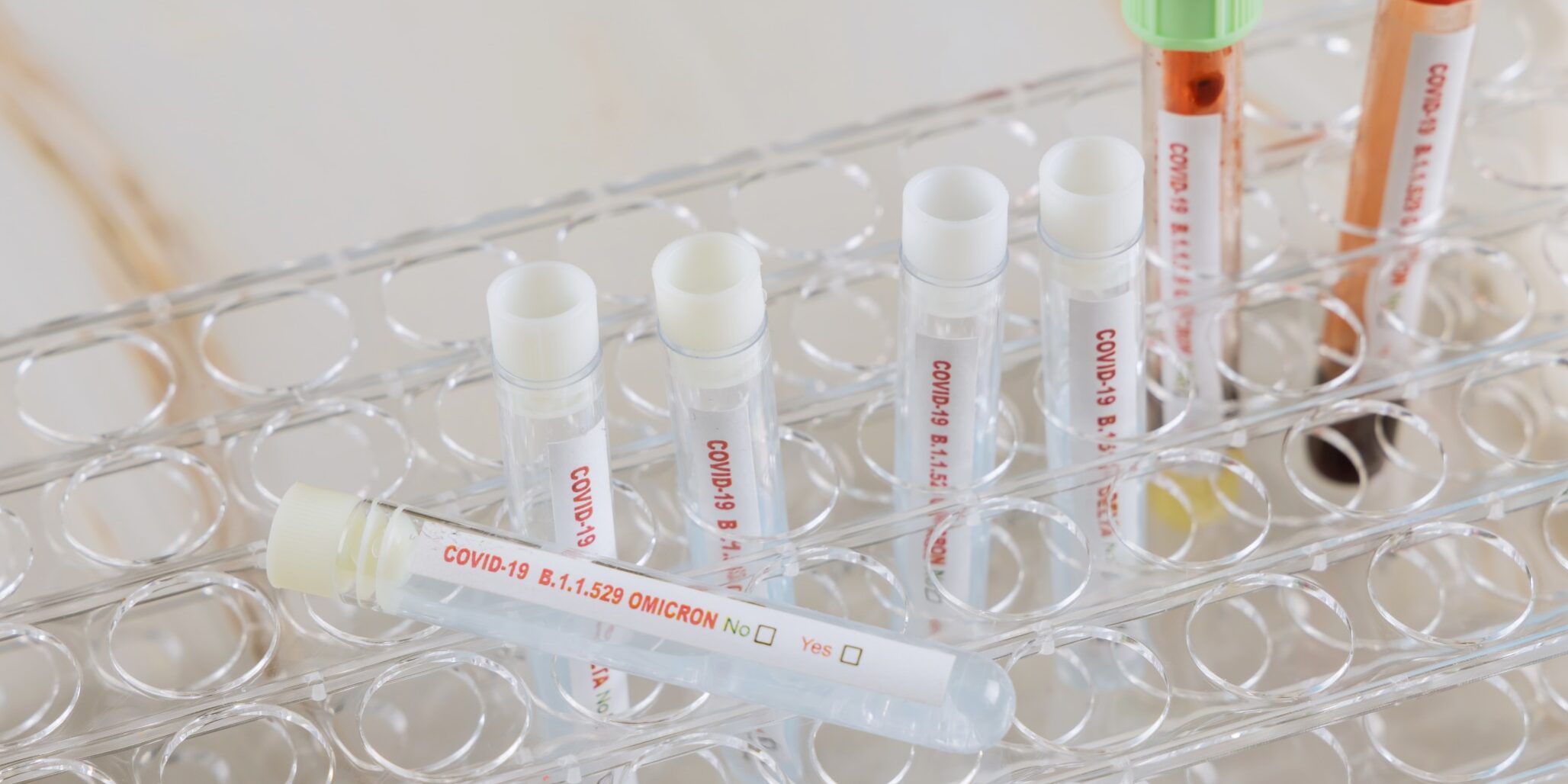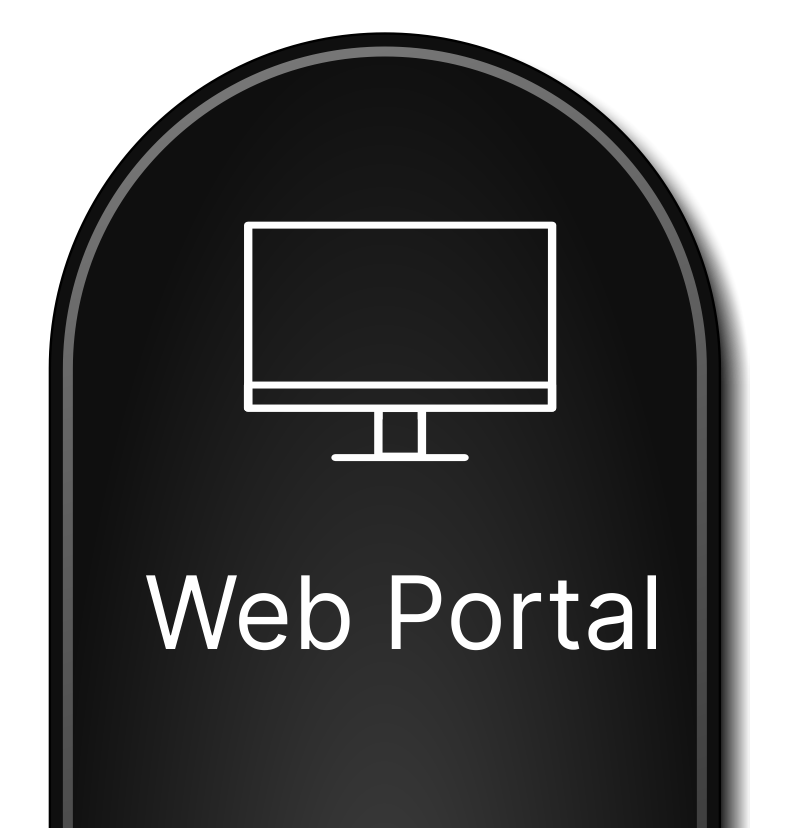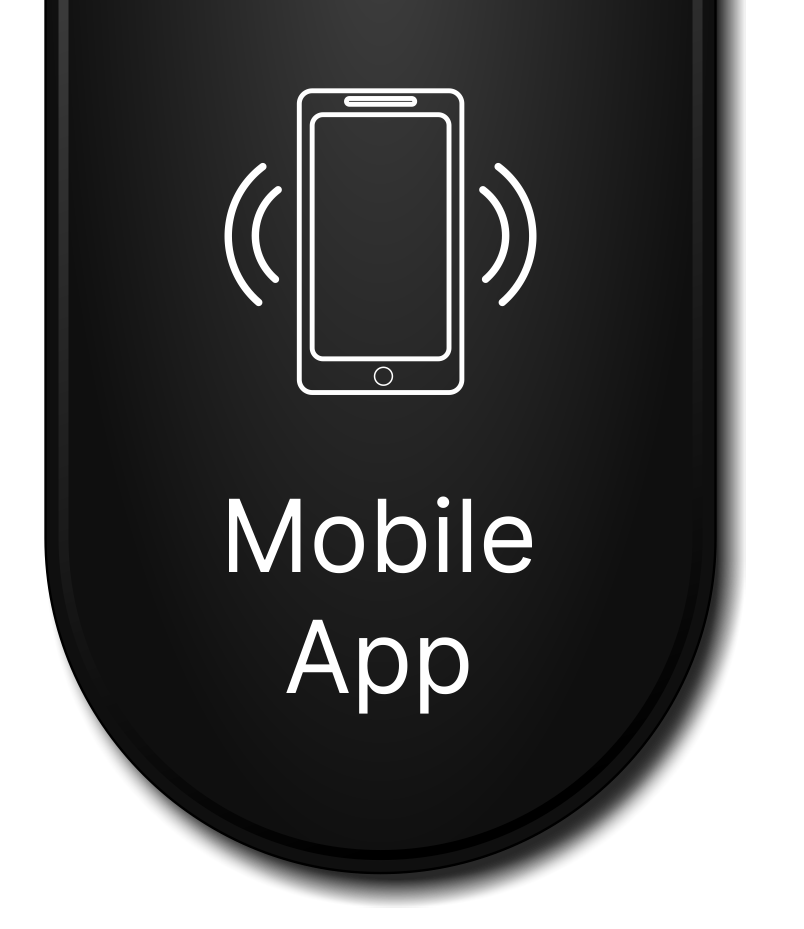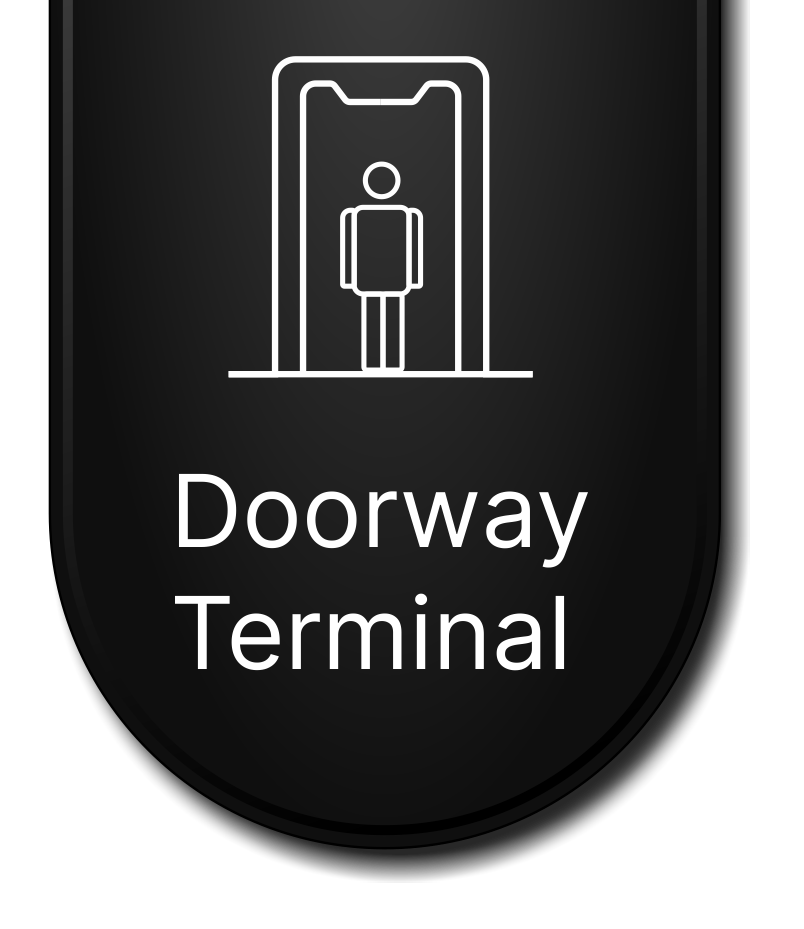DOCSUN continues to encourage individuals that whether you test positive or negative for COVID-19, you should take preventive measures to protect yourself and others. A viral test checks specimens from your nose or your mouth to find out if you are currently infected with the virus that causes COVID-19. Viral tests can be performed in a laboratory, at a testing site, or at home, or anywhere else.
Two types of viral tests are used:
- Nucleic acid amplification tests (NAATs)
- Antigen tests.
Who should get tested for COVID-19?

- People who have symptoms of COVID-19.
- People who have come into close contact with someone with COVID-19 should be tested to check for infection:
- Fully vaccinated people should be tested 5–7 days after their last exposure.
- People who are not fully vaccinated should get tested immediately when they find out they are a close contact. If their test result is negative, they should get tested again 5–7 days after their last exposure or immediately if symptoms develop.
- People not fully vaccinated with COVID-19 vaccine who are prioritized for expanded community screening for COVID-19.
- People not fully vaccinated with COVID-19 vaccine who have been asked or referred to get testing by their school, workplace, healthcare provider.
Who does not need to be tested for COVID-19?

People who have tested positive for COVID-19 within the past 3 months and recovered, as long as they do not develop new symptoms, do not need to get tested.
COVID-19 viral testing tool
The COVID-19 Viral Testing Tool is an interactive web tool designed to help both healthcare providers and individuals understand COVID-19 testing options. This tool helps healthcare providers quickly access the most relevant, actionable information to determine what type(s) of COVID-19 testing they should recommend to patients. The tool helps individuals determine what type of test they should seek. After test results are in, the tool can help interpret test results and guide next steps.
How to get a viral test for COVID-19?
- Visit your health department’s website to look for the latest local information on testing.
- Visit your healthcare or public health department clinic provider to get a self-collection kit or self-test.
- You and your healthcare provider might consider either self-collection kit or a self-test if you have symptoms of COVID-19 and can’t get tested by a healthcare provider.
Positive Viral Test
If you test positive for the virus that causes COVID-19, take the following steps to protect others regardless of your COVID-19 vaccination status: Isolate at home and isolate away from others for at least 10 days.
- If you do not have any symptoms, you should still isolate at home for at least 10 days.
- If you develop symptoms, continue to isolate for at least 10 days after symptoms began as long as symptoms have improved, and no fever is present for at least 24 hours without the use of fever-reducing medications.
- Most people have mild COVID-19 illness and can recover at home without medical care.
- Contact your healthcare provider as soon as possible if you are more likely to get very sick because of being an older adult or having underlying medical conditions or if your symptoms get worse.
Talk to your healthcare provider or local health department to find out how long to isolate if you:
- Are severely ill with COVID-19 or have a weakened immune system;
- Had a positive test result followed by a negative result; or
- Test positive for many weeks after the initial result.
Negative Viral Test
If you test negative for the virus that causes COVID-19, the virus was not detected.
If you have symptoms of COVID-19:
- You may have received a false negative test result and still might have COVID-19. You should isolate yourself away from others.
- Contact your healthcare provider about your symptoms, especially if they worsen, about follow-up testing, and how long to isolate.
If you do not have symptoms of COVID-19, and you were exposed to a person with COVID-19:
- You are likely not infected, but you still may get sick.
- Self-quarantine at home for 14 days after your exposure.
- Contact your local health department regarding options to reduce the length of quarantine. If symptoms develop during home quarantine:
- Contact your healthcare provider about follow-up testing; and
- Isolate at home separated away from others.
If you do not have symptoms of COVID-19 and do not have a known exposure to a person with COVID-19:
- You do not need to self-quarantine.
DocSun∙Computation∙MedLab∙Ltd∙mission∙is∙using∙technology∙to∙create∙life-long∙ Solutions∙ ∙∙∙The ∙article∙reference∙data∙from∙the∙CDC∙and∙WHO∙
Original links to the article: – https://www.cdc.gov/coronavirus/2019-ncov/testing/diagnostic-testing.html















